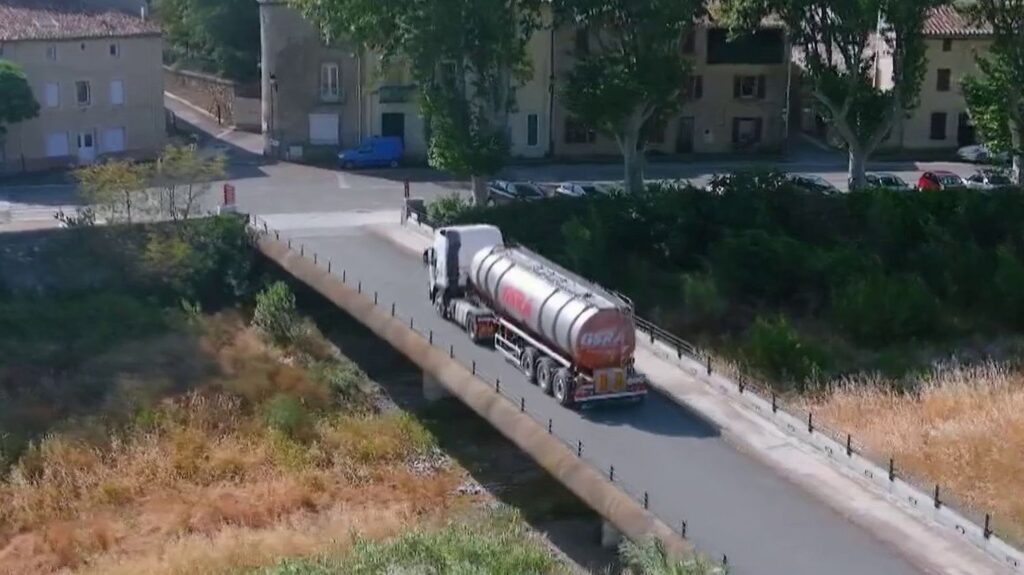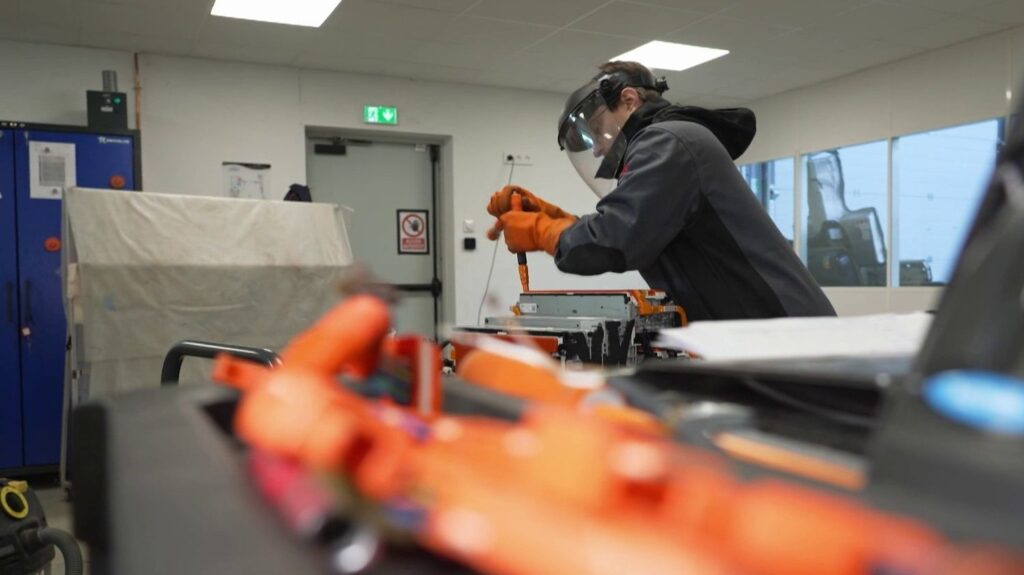Published
Updated
Reading time: 4min – Video: 4min
4 minutes
At the start of this summer when drought already reaches worrying levels in several departments, in Aude, the inhabitants of the village of Durban-Corbières, still marked by last summer restrictions, are preparing to face a new summer without water.
This text corresponds to part of the transcription of the report above. Click on the video to watch it in full.
It is a delivery of which the municipality can no longer happen. A tanker truck filled with 30,000 liters of drinking water. Durban-Corbières, in Aude, has been supplied every two days for a week, because its reserves are too low.
“We are impatiently awaiting them because, without that, I don’t know how we would. Today, there are four of them so as to, I hope, spend the quiet weekend”explains Alain Laborde, mayor of Durban-Corbières. Faced with the shortage, the town hall has already supplied. Over 1,300 bottles are stored in a hangar. “Given how it’s gone, I think that even these bottles will be necessary”estimates the councilor.
In the village of 650 inhabitants, hit hard by drought, the water is already rationed. Prohibition to water green spaces, sports or leisure fields. And here, everyone fears new water cuts like last year. This is the case of Sandrine Forest, a resident who, since then, bought cacti and Mediterranean plants. “If I buy annual plants that are found in garden center and which require 15 liters of water per day, it is not possible”she says. Sandrine is still deeply marked and has changed her habits. “When you don’t have one, you really realize that you have to be careful every day, even when you have it. I am hypervilating on my consumption all year round”still underlines the resident.
In the village, even certain public services are already closed. This municipal swimming pool has been abandoned for almost a year. “You see the swimming pool as it was left on August 2 last year”Deplores Olivier Castelbou, first deputy mayor of Durban-Corbières. A heartbreaker for the elected official.
But where does this problem come from? Here, drinking water comes from a well, a drilling and a source that draw from the underground tablecloths. In 2020, the whole produced an average of 435 m³ per day. But because of the drought last year, this figure was divided by almost three. Today, at the beginning of July, one of the sources no longer produces anything, the other two only 113 m³, far from the 180 m³ that the population needs. “The problem is there because it rains less and here we are in drought continues almost since 2022. We have resources that have no more recharge during the winter period and therefore, as soon as summer arrives, we have a collapse of production capacity”summarizes Laurent Aymard, network director 11.
Lack of rain also strikes Durban-Corbières winegrowers. In the vines, the leaves crumble. And the ground suffers too. “This earth, you see, if I take it, even if I dig at the bottom, it’s completely dry, there is no humidity. Dust, it feels like the desert”testifies Laurent Gili, winegrower in Durban-Corbières. With drought, yields have dropped. Laurent Gili decided to tear down six hectares two years ago and he could start again. “For me, it’s really distressing because it was a sector where I produced a really magnificent wine with all the qualities of our terroir. And today, that’s an abandoned field”he regrets.
Faced with the lack of water, this town in Aude and its inhabitants are preparing to experience a new year of restrictions.

/2025/07/07/commune-ravitaillee-par-des-citernes-20h-686c2f440d8f9187992376.jpg)

